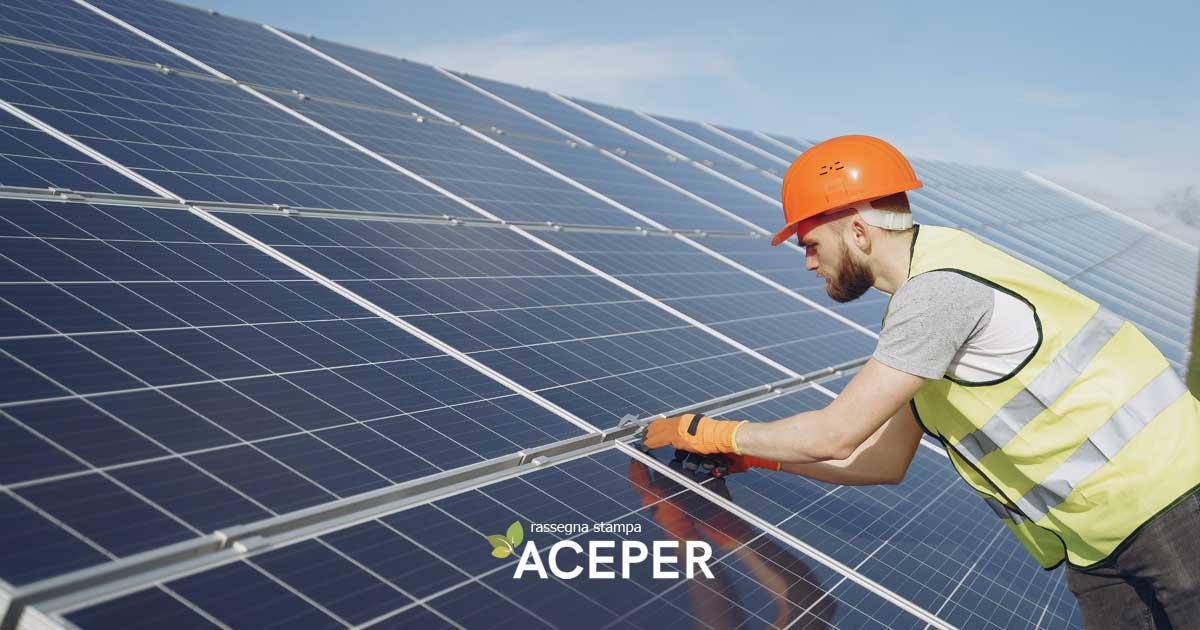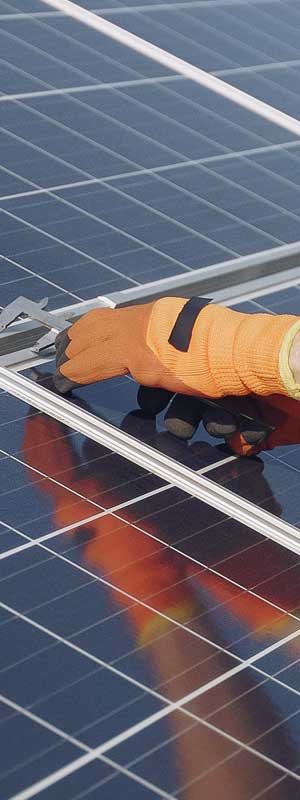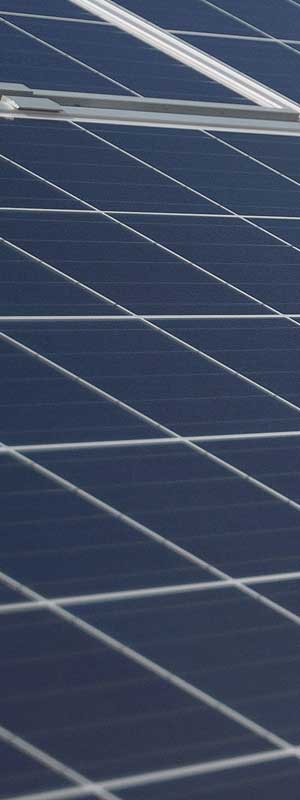30 January 2023

carobollette | fotovoltaico | meteoweb | onu | rassegnastampa | risparmio | veronicapitea
“Unfortunately, bureaucracy and instability of Italian governments slow down the development towards renewable energy”
“Photovoltaics would have an immediate effect on reducing bills, cutting costs by 40 to 70%. Estimating an average cost reduction of 50% (within the 40 to 70% range), this would result in total savings for Italian families of about 24 billion euros.”
These are the words of Veronica Pitea, President of ACEPER (Association of Renewable Energy Consumers and Producers), which brings together 10,000 renewable energy production plants, with over 7,000 members and a total installed capacity exceeding 2 GWp. However, she warns about the issues facing the sector in our country: “We need to address significant problems such as the production of the necessary raw materials to do important work, the required workforce to carry it out, and the disposal methods at the end of the life of batteries and panels. Unfortunately in Italy,” Pitea continues, “bureaucracy and above all the instability of our governments slow down the massive installations of photovoltaic panels and the development towards renewables. Between the ‘Save Italy’ decree, incentive spreading, Tremonti environment, windfall profits, too often those who invest find themselves facing new expenses, revised business plans, because the State promises things but then with each government change what was previously promised becomes a ‘broken promise’.”
The President of ACEPER then addresses the topic of the new “green” directives of the EU, for which by 2030 all residential buildings must be converted to class E: “The main problem is that more than 60% of our buildings are in class F/G, not to mention that the next step would be to bring them to class D… To reach these levels, we have to imagine an Italy that changes its appearance completely. Let’s say we should imagine a 110% multiplied probably by 1000. Then we have another problem in Italy: according to the Land Agency, there are about 2 million ghost houses today, and more than 35% of the buildings registered in the cadastre were built without respecting the regulations.
First, we need to regularize in order to ‘give a new face in terms of efficiency’: will we be able to do this by 2030? We certainly have to align ourselves with the demands that the Earth itself makes on us, it is no longer a matter of imposed rules but of necessity, so in some way it will have to be done.” Veronica Pitea estimates that this transition required by the EU will need a large workforce: “Today, with the demand we have in the photovoltaic sector, we are already missing about 500,000 workers; if we think that by 2030 we must strictly meet the EU timelines, probably at least another 3 million will be needed. Certainly many workers, electricians, engineers, surveyors, architects, construction sector workers. In all regions, none excluded.”
Finally, on the UN announcement that the ozone hole will close within 20 years, the ACEPER President comments: “Photovoltaics could accelerate this change because it reduces CO2 emissions, one of the main causes of the ozone hole. To produce one kilowatt-hour of electricity, an average equivalent of 2.56 kWh of fossil fuels is burned, consequently emitting about 0.53 kg of carbon dioxide into the air. Therefore, it can be said that every kWh produced by the photovoltaic system avoids the emission of 0.53 kg of CO2. If we think that out of 14 million (census) buildings, we have just over 1 million installations…” concludes Veronica Pitea.

Press review
For information


